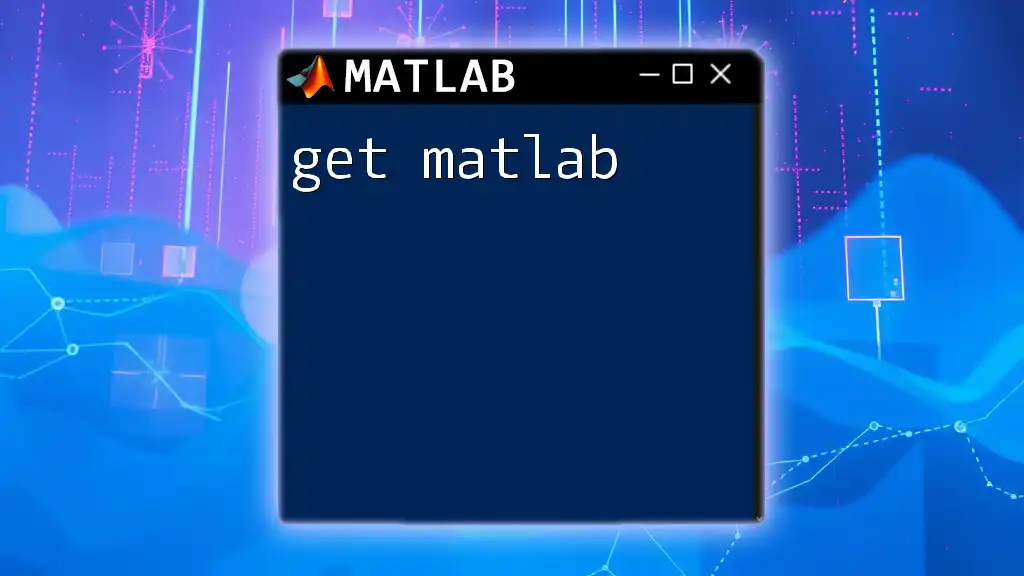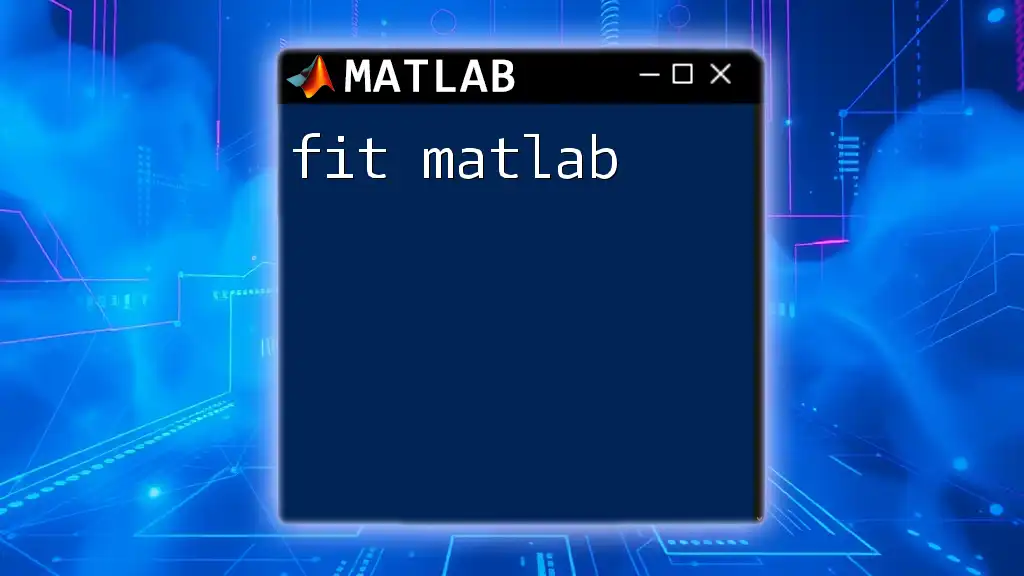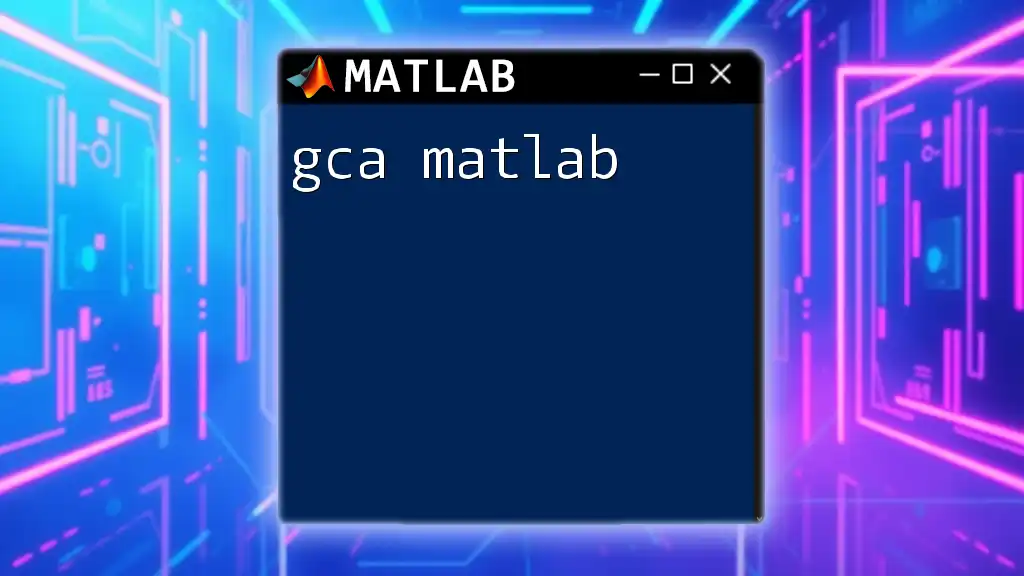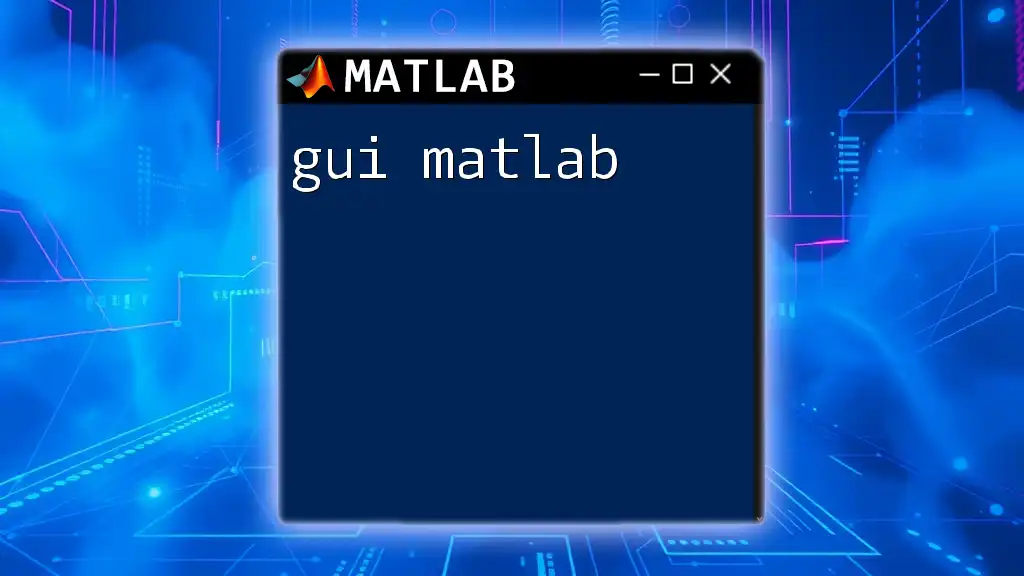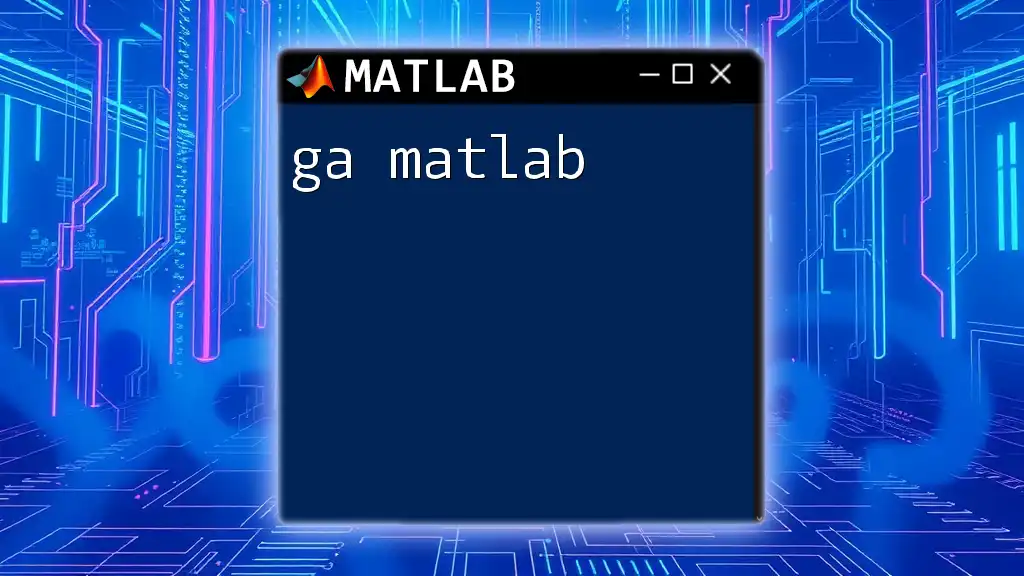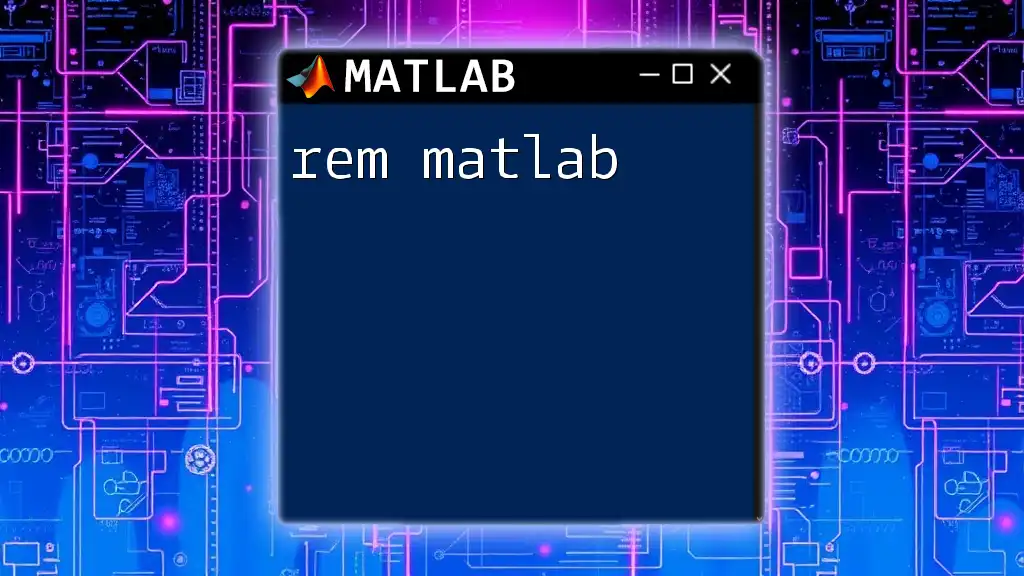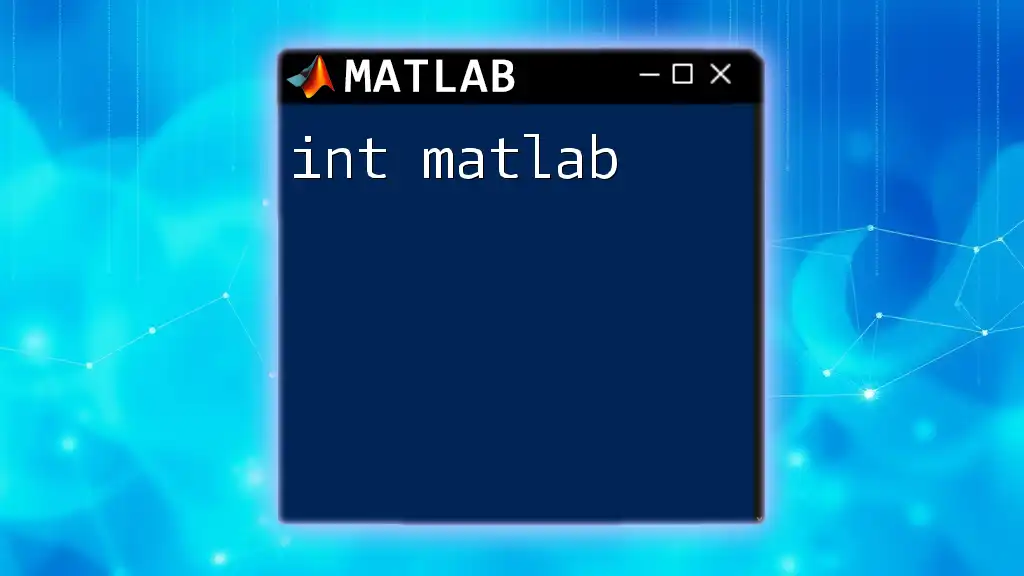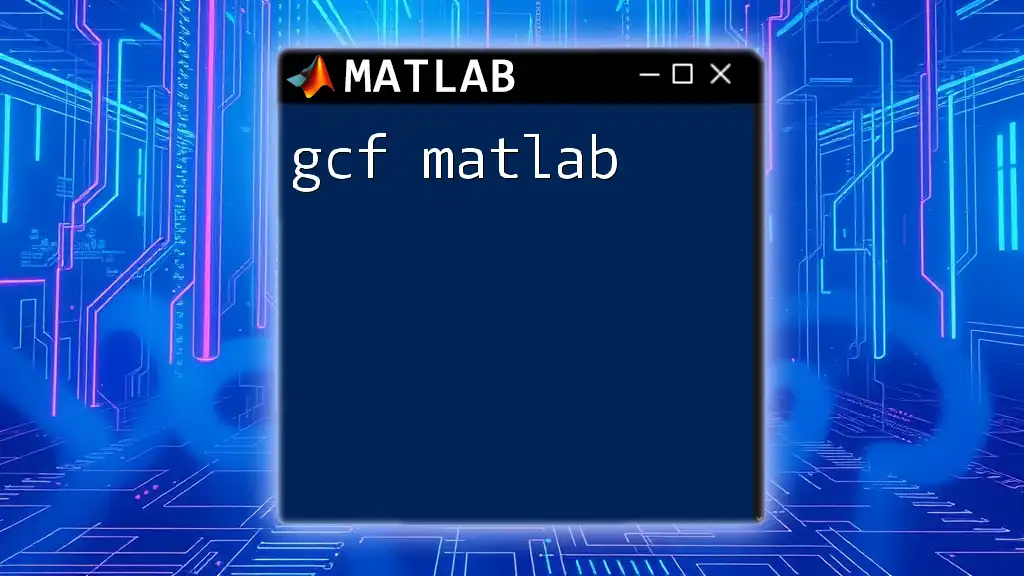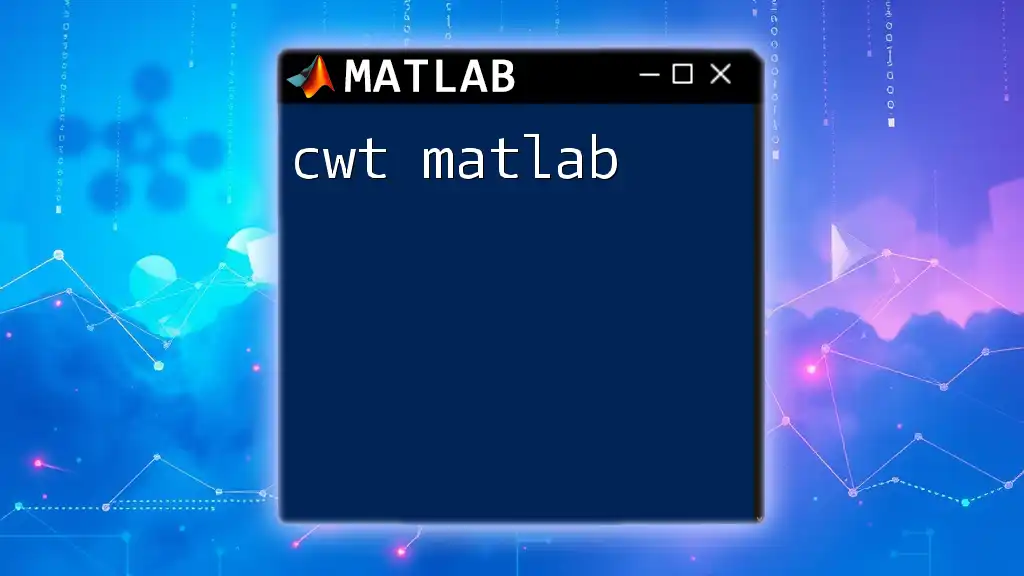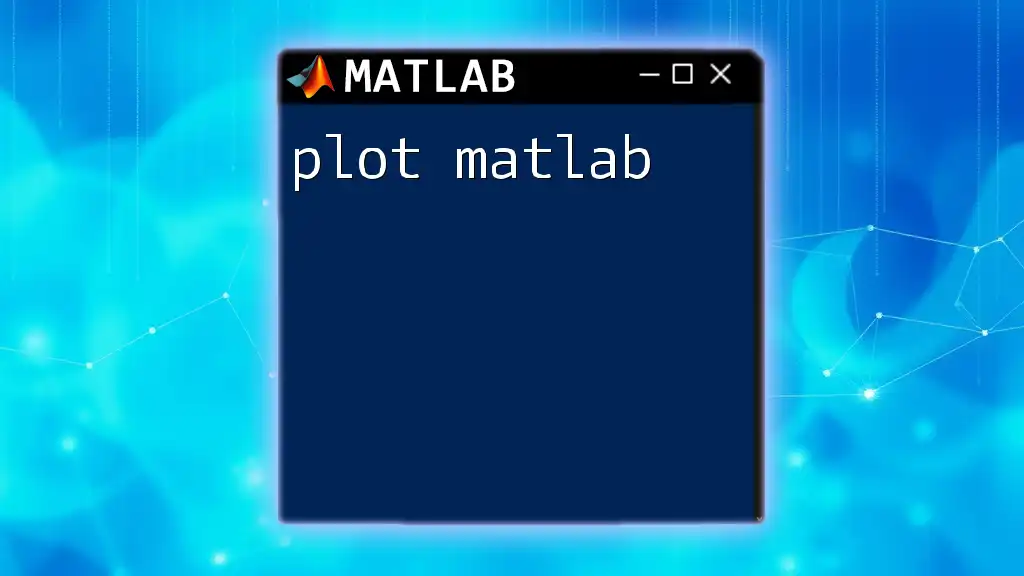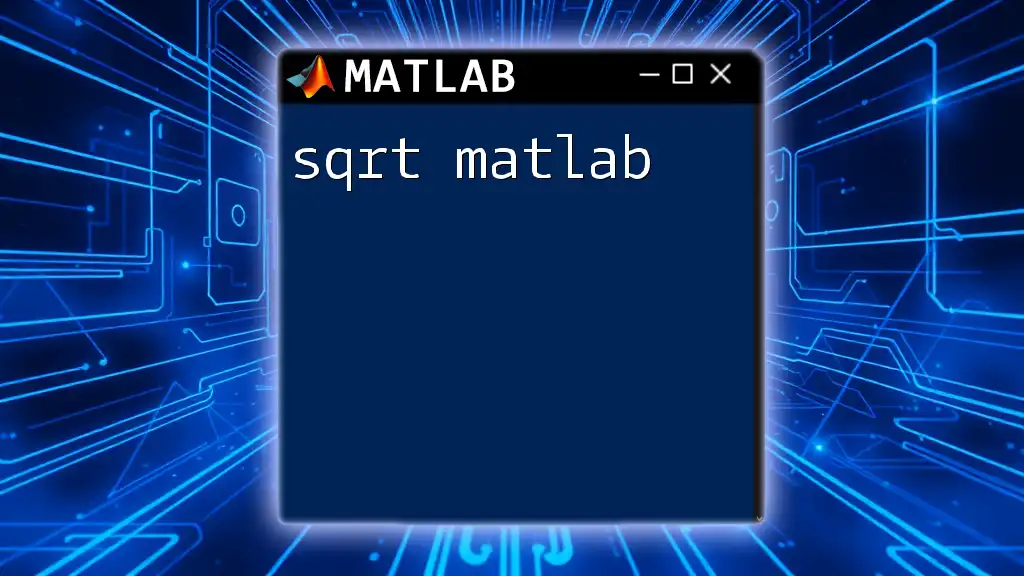To get started with MATLAB, simply download and install the software from the official MathWorks website, and you can begin using MATLAB commands for various applications.
Here's an example code snippet that demonstrates a basic command to create a simple plot:
x = 0:0.1:10; % Create a vector of x values from 0 to 10
y = sin(x); % Compute the sine of each x value
plot(x, y); % Plot the sine function
title('Sine Wave'); % Add a title to the plot
xlabel('x values'); % Label x-axis
ylabel('sin(x)'); % Label y-axis
grid on; % Enable grid
Getting Started with MATLAB
System Requirements
Operating System Compatibility
Before you embark on your journey to get MATLAB, it’s important to ensure that your operating system is compatible with this powerful software. MATLAB supports various platforms, including Windows, macOS, and Linux. Each OS may have unique setup instructions, so it’s wise to reference the official documentation for your specific version.
Hardware Requirements
To run MATLAB smoothly, you need to meet certain hardware specifications. The minimum requirements typically include adequate RAM (at least 4 GB), a decent CPU speed, and sufficient disk space (often around 5 GB for the base installation). For optimal performance, consider machines with at least 8 GB of RAM and a multi-core processor.
Installation Process
Obtaining MATLAB
To get MATLAB, you can purchase a license directly from the MathWorks official website or explore student discounts if you’re eligible. There are often options for different licenses, such as individual, academic, or student versions—choose what best fits your needs.
Step-by-Step Installation Guide
Download Procedure
Visit the MathWorks website, create an account if you don’t have one, and select the version of MATLAB you wish to download. Ensure your internet connection is stable to avoid download interruptions.
Installation
After downloading, locate the installer and double-click it to initiate the installation process. Follow the prompts on the screen, choosing the appropriate options based on your preferences.
- On Windows, simply click "Next" through the installation wizard.
- For macOS, drag the MATLAB icon to the Applications folder.
- On Linux, follow the terminal instructions provided in the installer.
Activation
Once installation is complete, you will need to activate your license. Open MATLAB, and it should prompt you for activation. Simply follow the steps or enter your activation key provided during purchase.
First Steps After Installation
Launching MATLAB
Congratulations! You’ve successfully installed MATLAB. To launch it, find the MATLAB icon on your desktop or in the applications folder and double-click to open it. Upon launching, you're greeted with a clean and user-friendly interface divided into key components like the Command Window, Workspace, Command History, and Editor.
Basic Configuration Settings
Before diving in, you may want to adjust MATLAB's preferences for a customized experience. Access the preferences menu to set things like file handling, shortcuts, and display properties, ensuring a smoother workflow.
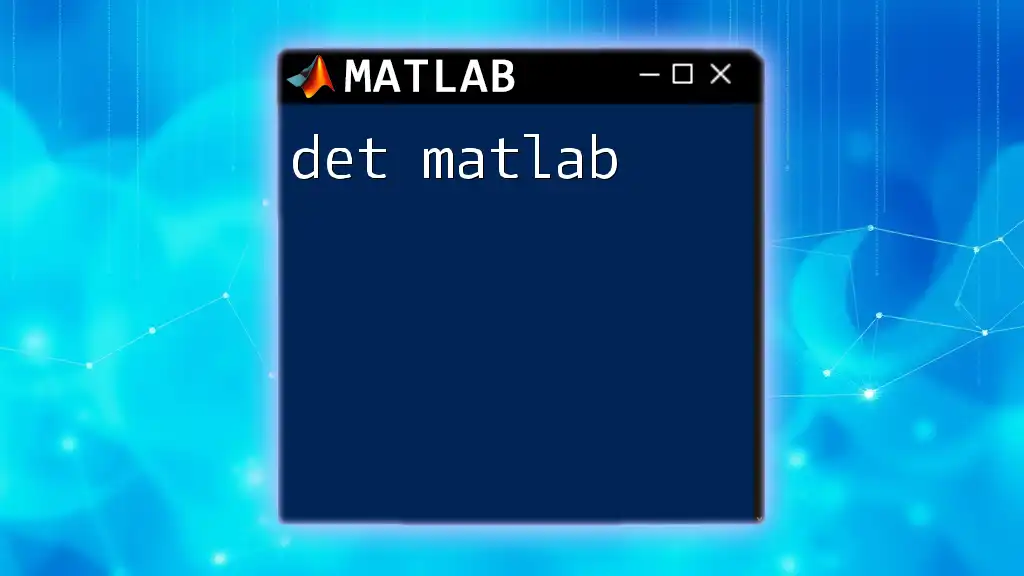
Understanding MATLAB Fundamentals
MATLAB Interface Overview
Key Components of the Interface
Familiarizing yourself with each section of the MATLAB interface is essential. The Command Window is where you can run commands and scripts interactively. The Workspace displays all the variables currently in memory, while the Command History keeps a log of your previously executed commands. The Editor is where you can write, edit, and save larger scripts.
Navigating the Interface
Utilizing keyboard shortcuts can significantly enhance your productivity in MATLAB. For instance, pressing `Ctrl + N` opens a new script, and `Ctrl + R` runs the script you are currently working on.
First Command in MATLAB
Basic Command Structure
Every journey in programming begins with a simple command. In MATLAB, this can be as easy as displaying text. The syntax is straightforward, so let's try your first command.
Example
disp('Hello, World!')
This command utilizes the `disp` function to output the text "Hello, World!" in the Command Window. If you’ve executed it correctly, you’ll see the message appear immediately.
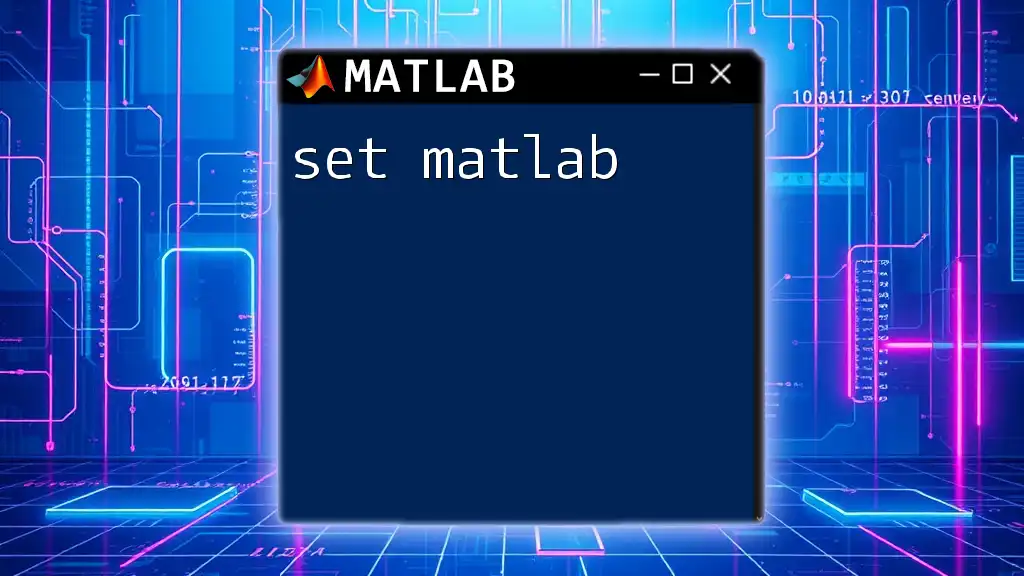
Essential MATLAB Commands
Variables and Data Types
Creating and Assigning Variables
Variables are fundamental in programming; they allow you to store and manipulate data. In MATLAB, creating a variable is as simple as choosing a name and assigning it a value with the equals sign (`=`).
Data Types in MATLAB
MATLAB supports several data types, including:
- Scalars - single values.
- Arrays and Matrices - collections of values arranged in rows and columns.
- Strings - sequences of characters.
- Cell Arrays - flexible containers for various types of data.
Example
x = 5; % Assigning a scalar variable
A = [1, 2, 3; 4, 5, 6]; % Creating a 2x3 matrix
Here, `x` is a scalar representing a single number, while `A` is a 2D matrix of numbers. You can perform a wide variety of operations with these data types.
Control Flow Commands
Conditional Statements
Control flow is vital for creating dynamic scripts. You can direct MATLAB’s processing flow using conditional statements. The `if` statement allows you to execute code based on true/false conditions.
Loops in MATLAB
Loops enable you to repeat a block of code multiple times. Utilizing the `for` and `while` loops, you can iterate over sequences or continue until a condition is met.
Example
if x > 0
disp('X is positive');
else
disp('X is not positive');
end
This example checks the value of `x` and displays a message accordingly. It illustrates the power of conditions in controlling your program's behavior.
Functions and Scripts
Creating Functions
Functions are reusable code blocks that perform specific tasks. They accept inputs and can return outputs, making them an essential component of effective programming.
Scripts vs. Functions
While scripts are collections of MATLAB commands saved in a `.m` file, functions are defined with input and output parameters. Knowing when to use which is crucial for efficient coding.
Example
function y = square(val)
y = val^2;
end
This simple function takes an input `val` and returns its square. You can call this function elsewhere in your code or from the Command Window.
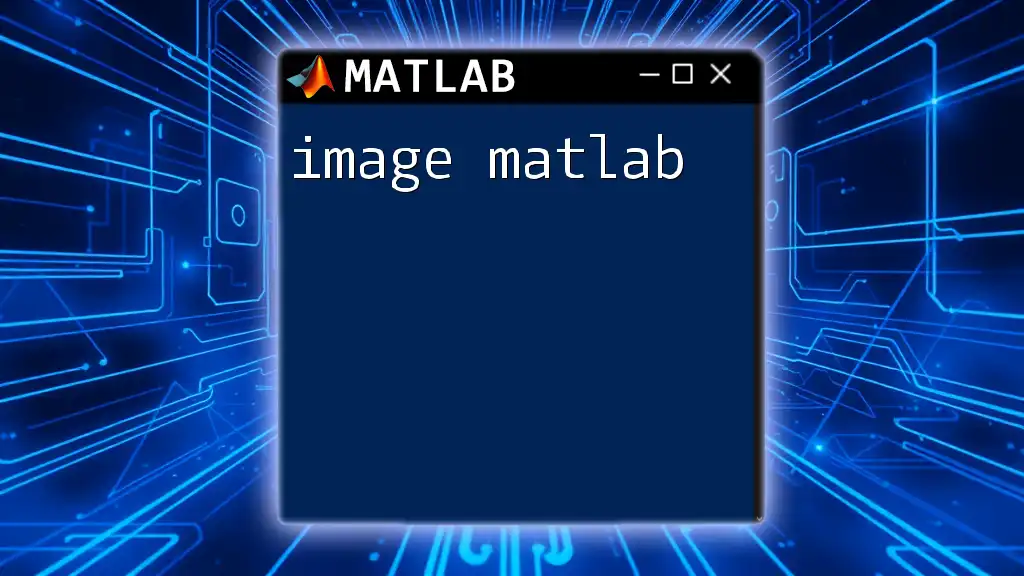
MATLAB Toolboxes and Additional Resources
Exploring Toolboxes
What are Toolboxes?
MATLAB toolboxes are collections of functions that extend the capabilities of MATLAB for specific applications, like signal processing, image analysis, or machine learning. These toolboxes can significantly enhance your programming utility and efficiency.
Installing and Managing Toolboxes
To manage toolboxes, you can access the Add-Ons menu from the MATLAB interface. Here, you can install new toolboxes or check the compatibility of your current ones. Always ensure your toolboxes are up to date to take advantage of new features.
Community and Learning Resources
Official MATLAB Documentation
The official MATLAB documentation is an extensive resource that covers everything from basic functions to advanced topics. As you learn, frequently refer to this documentation to troubleshoot issues or explore new functions.
Online Courses and Tutorials
Countless resources are available online—such as YouTube tutorials, MOOCs, and educational platforms—that can help you deepen your understanding of MATLAB. Courses often range from beginner to advanced levels, catering to all types of learners.
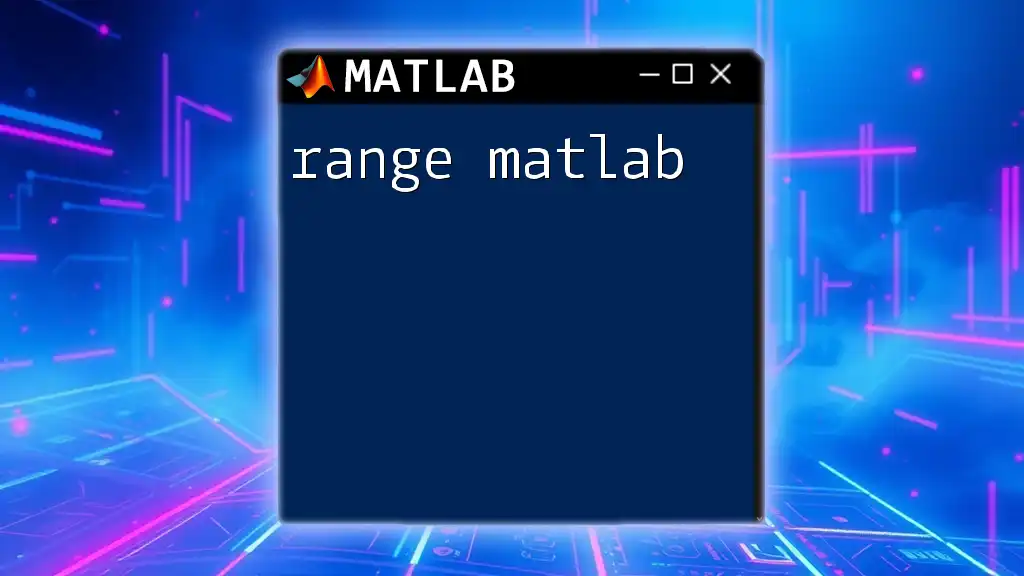
Tips for Maximizing Your MATLAB Experience
Best Practices
Code Organization
Organizing your code makes it easier to understand and maintain. Commenting your code liberally helps both you and others who may read your scripts later.
Debugging Techniques
Debugging is a crucial skill in programming. MATLAB provides tools such as the Editor’s debugging features, which allow you to set breakpoints, inspect variables, and step through code line by line to identify issues.
Continuing Your MATLAB Journey
Advanced Topics to Explore
Once you are comfortable with the basics, consider delving into advanced topics such as data visualization, statistical analysis, and dynamic system simulations. These areas showcase MATLAB's vast capabilities.
Join the Community
Engaging with the MATLAB community can be immensely beneficial. Participating in forums, user groups, and local events can expose you to new techniques, insights, and collaborative opportunities that enrich your learning experience.
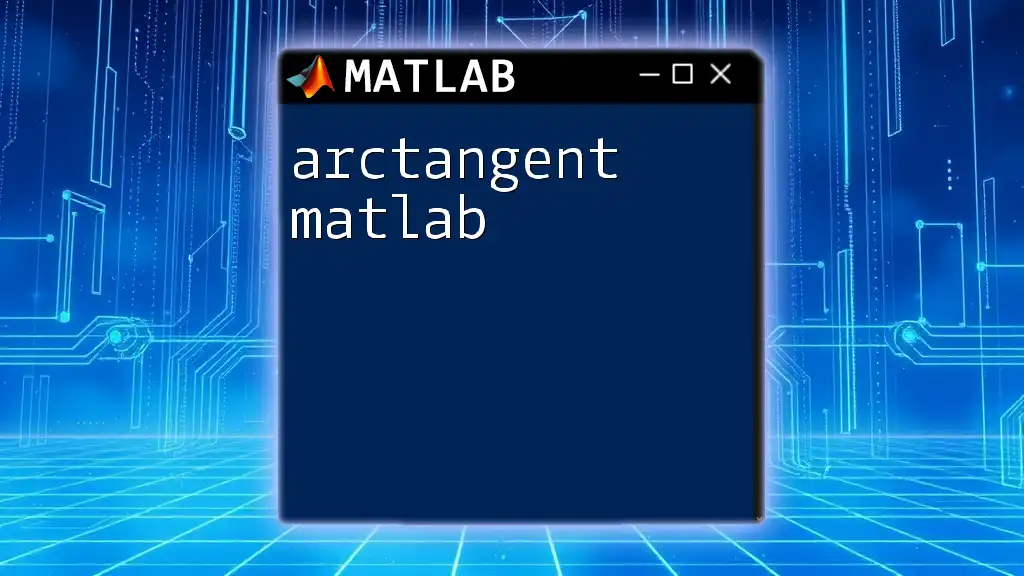
Conclusion
Recap of Key Points
Understanding how to get MATLAB is just the first step in harnessing its power. With a strong grasp of the fundamentals, you set the stage for solving complex problems across a myriad of disciplines.
Encouragement to Explore
Don't hesitate to explore. The world of MATLAB is rich with possibilities, and your curiosity will be your greatest asset as you embark on this learning journey.
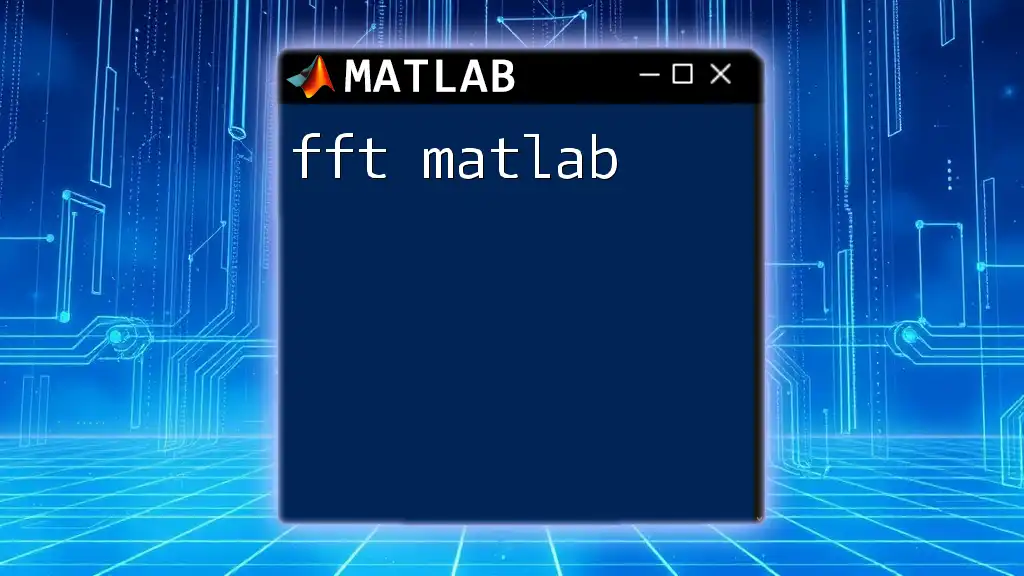
Call to Action
Join Us for More Learning
Subscribe to our newsletter for ongoing tutorials, tips, and updates that will support you in mastering MATLAB.
Contact Information
Don’t hesitate to reach out for any questions or support as you progress in your MATLAB journey!

